In the currently digitalized world, companies are always eager to find means to distinguish themselves among other market rivals. An outstanding user experience (UX) on the websites and apps is one of the most productive options to do so. The customers can be retained with a continuous, user-friendly and customised experience resulting in improvements in conversion and customer loyalty. But how can businesses be sure that they deliver such an experience? The solution is Artificial Intelligence (AI).
Artificial intelligence is changing the dynamics of how websites and applications communicate with users. Using data and understanding of the user and their behavior, the AI enables companies to offer individual experiences to clients, design, and enhance functionality in real-time. Be it with the help of a smart content suggestion engine, tailoring products to individual users, or a chatbot that immediately addresses a client, AI has the potential to enhance user experience by a significant margin. In this article, we are going to talk about the current implementation of AI to improve UX in websites and apps, what is the advantage of using AI, and how companies can take advantage of AI in improving the experience that users can get and enjoy using it.
What Is User Experience (UX)?
User experience (UX) is the general experience that an individual gets when using a site, application or any other online product. It encompasses ease and clarity of use interface, time spent in search of information and ease with which a user can search and locate the desired items and also the general feel of the whole process. UX design aims at exploring the needs, as well as the expectations of the users and developing digital products, which fulfill the needs.
Businesses require good UX as it has direct influence on user engagement, satisfaction and retention. In case of the favorable experience, users are more likely to visit a site again, use an application again, and recommend it to others. Conversely, when the user experience is rooted, the user might get frustrated, experience a high bounce rate, and even lose business.
How AI Is Revolutionizing UX Design
Artificial Intelligence (AI) is increasingly becoming an important trend in defining user experience in the apps and websites. AI will enable business to collect and analyse millions of data about users in real-time and make informed decisions concerning design, content and functionality. This yields personal, intuitive and responsive experiences.
1. Personalized User Experiences
The UX facilitated by AI is based on personalization. AI allows to predict what a user wants or needs, based on analysis of user behavior, and deliver them with content, product or service of that kind. AI can learn about how to respond to past activities, and thus websites and the app can adapt happenings in real-time to the specific users profile.
As an example, an online store can display custom product suggestions depending on past purchases or browsing history. On streaming websites such as Netflix and Spotify. AI is used to propose movies, television shows, and music based on previous consumption making it a customized experience per individual user. The more people engage with the site or the application. The more the AI can learn about their preferences, and the more tailored the experience gets.
2. Smarter Search and Navigation
Search capabilities of websites and apps are also becoming enhanced with AI. The traditional search engines use keywords to offer search results, however, the AI-powered search queries are able to interpret the meaning thereof the query, context, and give better, precise results. This makes users access what they want much quicker and efficiently.
Example: NLP enables AI-based search engines to interpret search requests in a more colloquial manner. As an alternative to typing in a particular keyword, the customers can ask a question such as, “What is the best gaming laptop?” or Where to buy wireless headphones? These queries are interpreted by the AI and results are provided which enhances the search.
Besides, AI can be used to navigate through websites and apps. Analyzing the interactions of the users with the interface, AI could suggest the best possible ways of navigation, helps the users to find what they were looking more easily and contribute to their improved experience.
3. AI-Powered Chatbots for Real-Time Support
Chatbots, using AI technology, have the potential of being a game-changer in user experience. Such virtual assistants are capable of offering real-time assistance, addressing frequently asked questions, and answering a problem immediately, requiring no human sample interaction. The presence of chatbots enables companies to offer around-the-clock customer service and guarantee that customers receive the required help, when they need it.
An example includes a chatbot that can assist users in monitoring their orders, addressing the questions concerned with a refund policy, and retrieving product insights on a retail website. It not only enhances customer satisfaction, but also helps in easing the burden on customer support groups, as they will be able to concentrate more on serious problems.
Also, chatbots based on the concept of the AI are able to learn through their interactions with the user and develop. It translates to the fact that the more a chatbot is applied, the more skillful it will be in interpreting the user inquiries and supplying them with correct responses, which makes users experience smoother.
4. AI for Content Customization and Layout Optimization
AI could optimize the layout of websites and applications, among others to enhance the general experience of users. Comparing their interactions with various content objects on the page, AI may identify the most appealing one and rework the design to suit its visitors. This will guarantee that the user is served with the most relevant content, thus making them engage with the site more and spending more time on the site.
Example: AI is able to perform layout modifications of a landing page according to the actions of the users. In the event of the AI realizing that many users are clicking on a certain type of product, the AI may take the liberty of showing it more on the homepage to increase the probability of conversion. In the same way, when the users always ignore a certain area of the site, AI is able to compute it automatically and make it interesting to push people towards the area.
5. Predictive Analytics for Anticipating User Needs
One of the strongest UX design points in AI is predicting how users will behave. With the help of historical data analysis and observing a certain pattern, AI will forecast what users can potentially do next and offer them personalized experiences that guess their needs.
As an example, through AI-enhanced websites it is possible to tell what one might be interested in buying next and put the respective products on the home page or in personalized advertising. With mobile applications, AI can proactively offer features or content that an individual can find interesting according to their previous actions. Making the whole experience seem natural and forward-looking.
6. Voice and Gesture Recognition
As voice-activated devices are becoming more prevalent, including Amazon Alexa, Google Assistant, and Apple Siri. AI is making an important contribution to enhance voice searches and interactive capabilities on websites and apps. There are those with restrictions to use their hands, and voice recognition technology enables them to experience websites and apps with their hands off.
Example: A user can be browsing a shopping application and access voice features to find a particular product, proceed through checkout, or even track an order. AI can interpret the spoken question and act on it after processing it to give you the responses or actions. AI-powered voice interaction potentially leads to improving the user experience, especially when it comes to the users whose rights are impaired due to disability or those users who are on the move.
AI Tools for Improving User Experience
Artificial intelligence is not a buzzword in the realm of UX design only. There is a wide space of AI-based tools that can assist firms in streamlining their websites and applications to have positive interaction and user experience. Some of the most important AI tools that are changing the UX design are listed below:
1. AI-Powered Chatbots
One of the most popular AI tools is chatbots that help to enhance user experience. A natural language processing (NLP) is incorporated in such AI-based bots to learn the language of the user and give them the exact answer to their query, or guide them to the necessary resource. Chatbots enable companies to offer round-the-clock support to the customers, address their frequently asked questions (FAQs), and common problems without human interaction.
Example: A chat customer who visits a retailing online store can inquire about the availability of products, delivery date and returns. There is a real-time response that the chatbot makes, and the customer is spared of the task of searching through the site or waiting until his or her turn is called by an agent.
Chatbots can offer personalized experience pertaining to a particular user in terms of browsing behavior, order history and other variables. This makes the user experience more interesting and efficient with less friction and higher customer satisfaction.
2. Recommendation Engines
Recommendation engines are artificial intelligence technologies that examine user data to provide recommended products, contents or services using previous behaviors, preferences and other demographic data. These engines operate on machine learning to keep updating their suggestions, and with time, they become better and better since they are based on collected information.
Examples: Netflix has a recommendation engine that helps recommend movies and shows to its users by making various propositions based on previous watching history and taste preferences. The recommendation engine of Amazon functions in the same way, placing the suggestions on items on the basis of the internet surfing and purchase habits.
These engines will engage the user because they provide people with personal recommendations that guide them on using it more, resulting in more conversions and, therefore, higher engagement rates.
3. Predictive Analytics
With the assistance of AI-based predictive analytics software, companies can predict what their users are going to do next to better their UX accordingly. Predictive analytics uses the past data and trends to determine what users are likely to do next so as to provide a more simple meaningful content and experiences.
Example: E-commerce may employ predictive analytics to determine the time when the user is likely to buy using the browsing history. The platform may then offer time limited deals or discounts to make the purchase.
One can also ensure that predictive analytics tools can be used to ensure that the user experiences are proactive, which can considerably lead to a lower bounce rate, as well as higher user retention rates.
4. AI-Powered A/B Testing
A/B testing is a prerequisite UX tool as it lets businesses ascertain which design features or elements prove to be the most effective among the users. In an even bigger step, AI-driven A/B testing tools do not just analyze with results rather, they auto adjust in real-time to optimize the experience of the user.
Example: A webpage could conduct an A/B test of two landing pages using different color scheme and design. The success of the page could be analyzed by AI tools and the most successful version of the page could be automatically demonstrated to prospect visitors to enable a higher conversion rate.
Other more complex data sets such as the effect of various types of content, level of user engagement, or time of day on conversion rates can also be analysed with AI and businesses can improve their UX across several variables.
5. Heatmaps and User Behavior Analytics
The heat maps and user behaviour analytics software are tools that can aid a business in knowing how the users engage with their websites or application. With the help of AI-driven heatmaps, it is possible to trace clicks, scrolls, and hovering areas with high traffic and develop meaningful conclusions about the most attention-grabbing items.
Example: A webpage can utilize a heatmap to know what sections are left untouched and redesign the webpage in a way that is favored among the users. AI tools also offer the ability to see where users are abandoning the user journey and enable a business to streamline traffic during the flow of their websites and apps to minimize friction.
The tools allow abundance of data to be available to enhance UX, and now businesses are able to make intelligent design decisions on real behavior of users and not assumptions.
Challenges of Using AI to Improve UX
Though AI can be tremendously useful at enhancing user experience, the implementation of AI-driven functionality on websites and apps faces some challenges that need to be surmounted by businesses. Among the most general barriers are the following:
1. Data Privacy and Security Concerns
User data is very essential in ensuring AI-driven personalization and improvement of user experience. Since companies gather information and use it to develop unique experiences, issues with data security and protection have arisen. The awareness of how their data will be utilized is becoming more common place in the minds of the users who are hoping that businesses will take care of their personal data.
Solution: The key to dealing with these issues is making sure that the governments of particular states enforce all data protection regulations i.e. GDPR and CCPA. They should be transparent; the companies must explain their data routines to the users and also allow the user to have the option of choosing what to do with data. Companies ought to also invest in sound cybersecurity systems to guard sensitive information against breach or unauthorized access.
2. Integration with Existing Systems
The process of incorporating AI tools into the current infrastructure of sites or mobile applications may be multifaceted. Most companies have legacy systems that have no capability of supporting AI technologies. To be successful, AI should be correctly combined with other applications, including customer relationship management (CRM) tools, databases, and marketing platforms.
Solution: Organizations can eliminating this problem by selecting AI tech that supports integrations in a more flexible way or by utilizing cloud-based systems that are simpler to deploy. They also need to cooperate with developers who have experience in the field of understanding how to combine AI with current systems to make the process of integration smooth and flawless.
3. Complexity of AI Implementation
Setting up AI tools on websites and applications is not something that is resource-light, and it demands substantial time and effort as well as expertise. In the case of many smaller firms or start-ups, this presents quite a challenge of entry, since AI tool sets can appear highly technical and/or expensive to actually put into practice.
Solution: One can address this by taking it one step at a time and investing in one or two AI tools that will directly enhance user experience, such as AI-based chatbots or recommendation engines. Businesses are able to slowly increase the application of AI as they realize the benefit of the technology. Along with it, most AI platforms contain easy-to-use interfaces, which facilitate more implementations, and AI comes closer to medium-sized business.
4. Over-Reliance on AI
Users may experience a major upgrade with the help of AI, but the potential of an overemphasis on the automated systems and missing the human factor may appear. There are instances when customers might want to talk to an actual agent particularly when they have to handle tricky or sensitive problems.
Solution: The most common thing is to have solution that is a combination of both. The routine requests should be processed with the help of AI tools, mainly chatbots, and give immediate answers, and more complex or personal requests should rely on human agents. This is done so that the users get the best of the AI and human interaction when it is needed, in terms of empathy and understanding.
The Future of AI in UX Design
AI is extremely promising when it comes to enhancing UX on websites and apps in the future. Since AI technology is developing further, it is going to become even more involved in the process of design and user experience. Following are the trends and innovations to watch:
1. Hyper-Personalization
AI will lead personalization to another level through hyper-personalization. This implies providing experiences that are not only grounded on user preferences and behaviours. But also that respond to the user situation and moods. As an example, the layout of a site or an application, its content, or deals may change depending on the hour of the day, the mood of the user, or even their whereabouts.
Example: An online store may display varying offers to a user depending on whether one is browsing them in the morning or evening, and alter the kind of products to recommend.
2. AI-Driven UX Design Automation
AI will engage in most of the UX design in the future. An AI-driven by machine learning will be capable of scrutinizing user data, identify design patterns, and also modify user interface components to enhance the user experience automatically, without manual input. This would save time designing web pages and apps dramatically and make them much more responsive and user-friendly.
3. Voice and Gesture Control Integration
AI is set to integrate voice control into UX design as voice recognition proves more and more viable. People will be capable of communicating with websites and applications via voices, and the computing mechanism will comprehend and answer these requests with better and better precision.
Example: A mobile application may be additionally used so that people could browse also inside the program, buy something, or request help with voice commands, which makes it easier and more user friendly.
4. More Accessible AI-Driven UX Features
The future of AI in UX is also concerned with the issue of being more accessible to individuals with disabilities. With the help of AI, websites, and apps will be available to a wider audience with functions of the voice-controlled navigation, screen readers, and automatic translations.
Example: AI-enabled tools are going to be used to automatically adjust the text color, contrast and size on websites to support visually impaired users, including them in the digital experience and making it more inclusive.
Summary
AI has an ability to reinvent the experiences of users on websites and applications to offer more personalized, effective, and accessible interactions. In business terms, through AI in the form of chatbots enabled by AI and recommendation systems, predictive analytics and real-time optimization will allow enterprises to enhance UX, engagement and conversion rates.
There are some issues of applying AI as well, such as privacy concerning data, its combination with current systems, and excessive automation, but the future of AI in the field of UX design is even brighter. With the development of the AI technology, companies adopting the innovations will more easily provide the user-centric experience that can lead to success in the long-run.

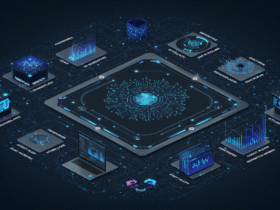

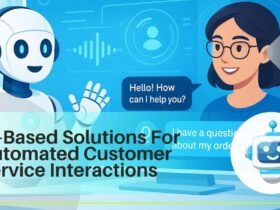



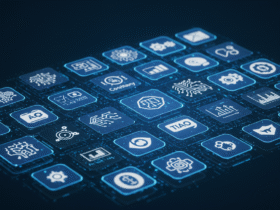
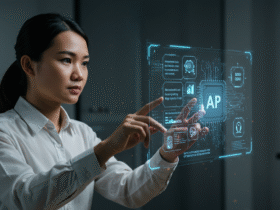




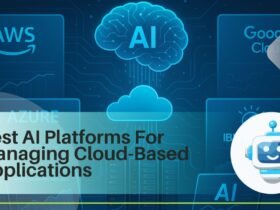
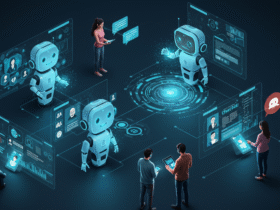
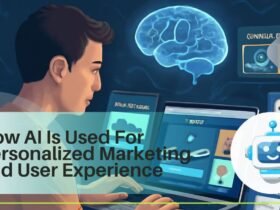
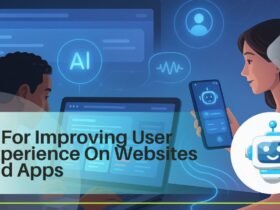
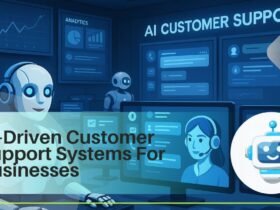

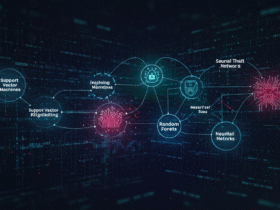




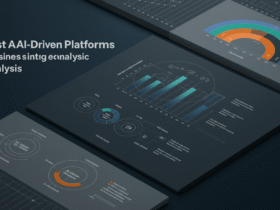


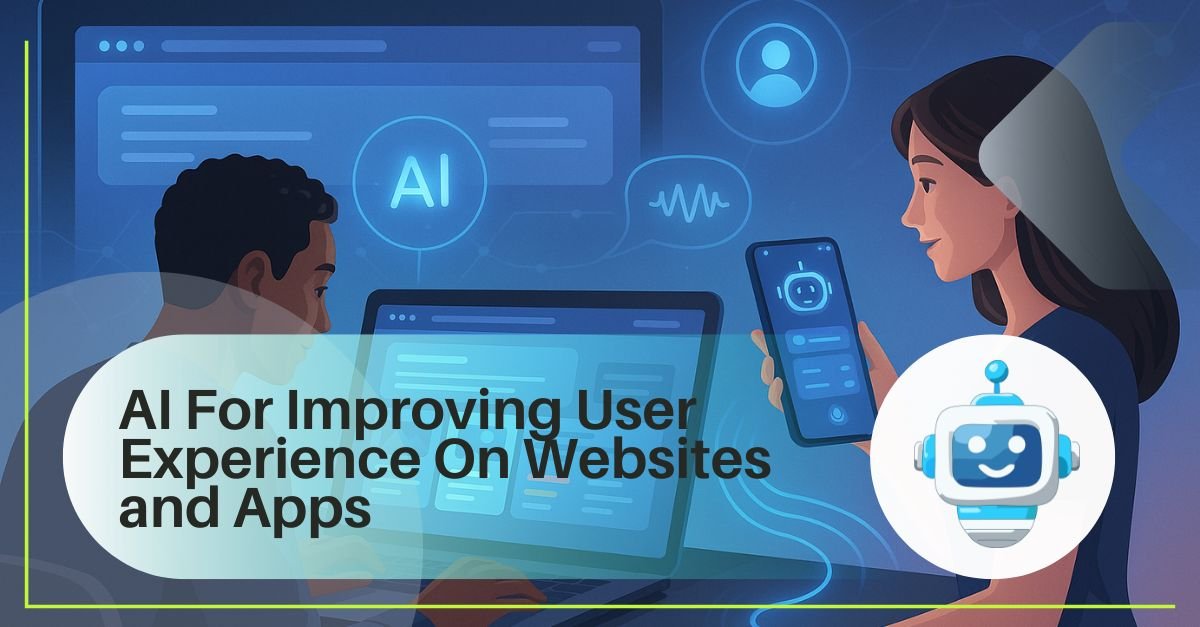

Leave a Reply